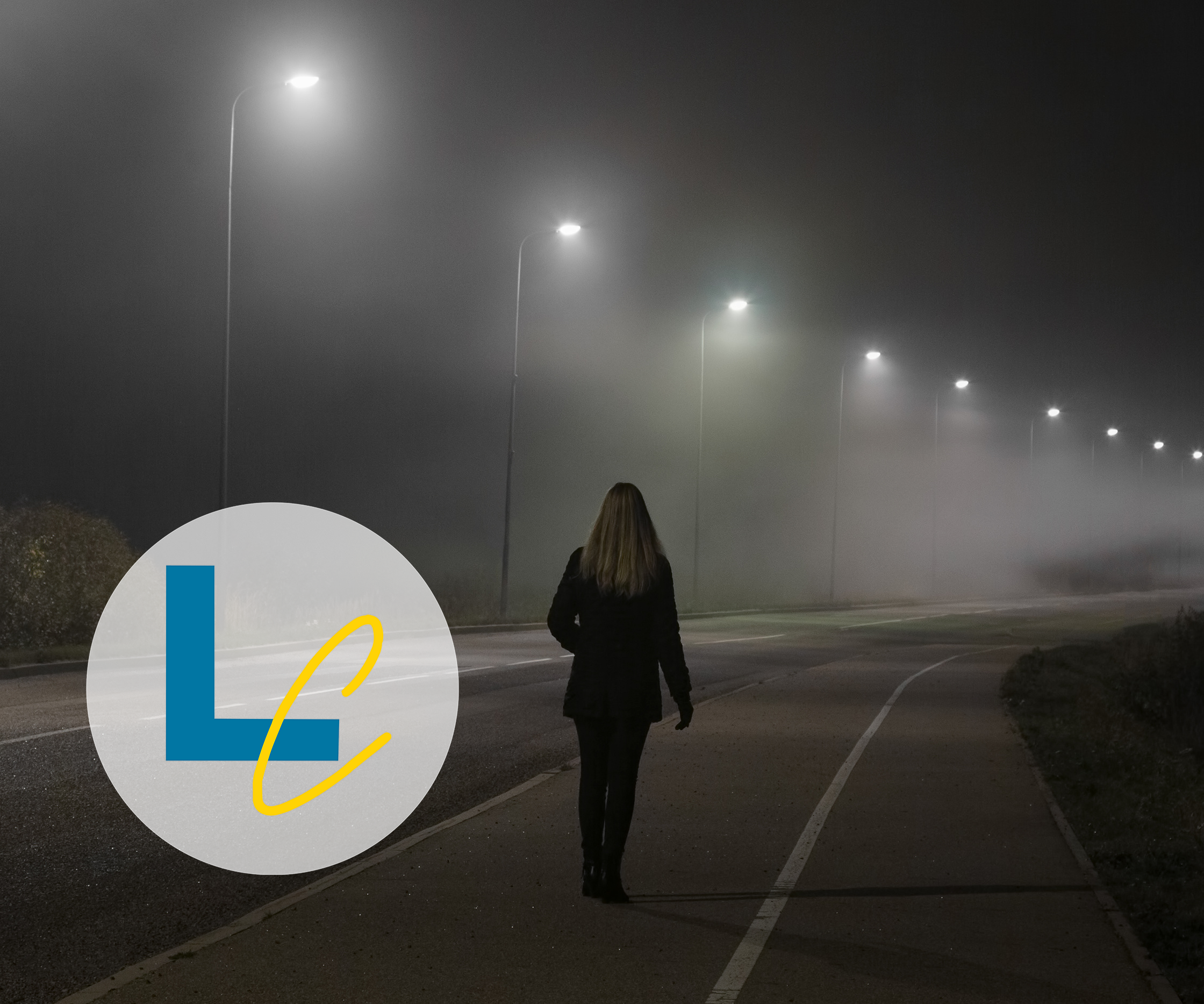
Land Connections–Designing for Safety
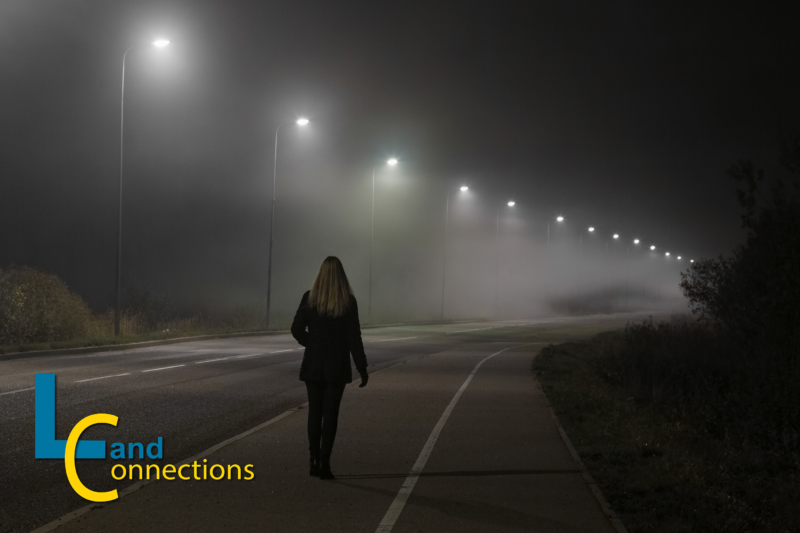
With incidents of harassment and violence commonly displayed on the news or social media, it is understandable that people may feel vulnerable in public spaces, even in the nicest of areas. Whether taking a stroll in the park during a sunny day or walking home from work late in the dark night, no one should fear being alone in public. Some communities face more crime and violence than others, and the risk of experiencing them varies by race, ethnicity, and socioeconomic status (2). Landscape architecture can help alleviate both fear and crime with the design of safe public spaces for everyone (1).
History
The connection between crime and open space began to be recognized around the 1960s. Published in 1961, The Death and Life of Great American Cities by activist and writer Jane Jacobs explains the concept “eyes upon the streets,” or how pedestrians perform “unconscious policing” when utilizing or passing through a public space which would help ensure safety (1). In 1972, architect Oscar Newman also published Defensible Space which would put Jane Jacobs’s and his own concepts for security in open space into practice through design. Influenced by both Newman and Jacobs, criminologist C. Ray Jeffreys coined the term Crime Prevention Through Environmental Design, or CPTED, around the same time (2). Like the name, implementing CPTED into landscape design can help reduce fear and instances of crime. This can be done by following CPTED’s four main principles of Natural Surveillance, Territorial Reinforcement, Natural Access Control, and Maintenance.
Natural Surveillance
Incorporating natural surveillance requires improving visibility (1, 2). Dark paths and corners can induce crime and create uncertainty. Good public lighting and overall design can help to deter unwanted behavior and offenders with easier observation, enhancing the vision of legitimate users. Not all outdoor spaces have to be open though. Landscape architects can still design enclosed outdoor spaces and maintain safety by avoiding total isolation of those spaces and providing good visual connections between other streets, trails, and parks.
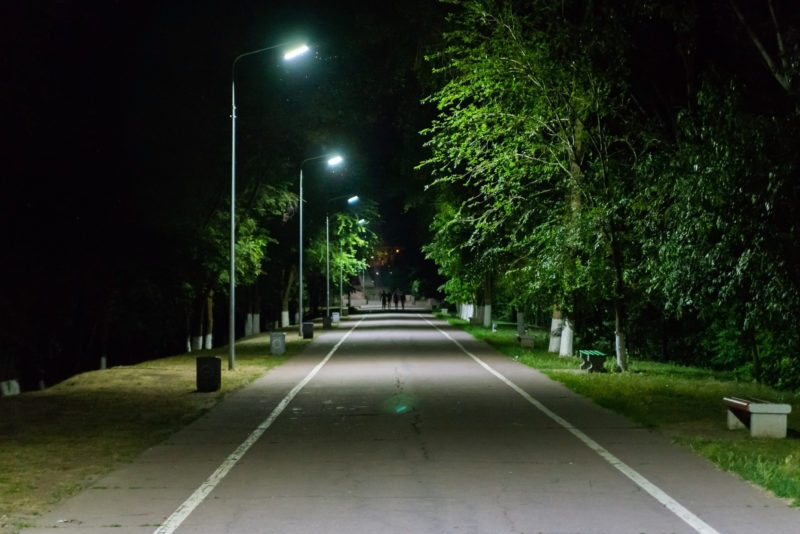
Territorial Reinforcement
Distinguishing between public and private spaces can be effective in natural surveillance and discourage unwanted use (1, 2). Displaying ownership asks for respect that an investment for that property has been made. Paths, landscape, hardscape, fencing, and buildings can be designed in a way that identifies what is a public area or private property.
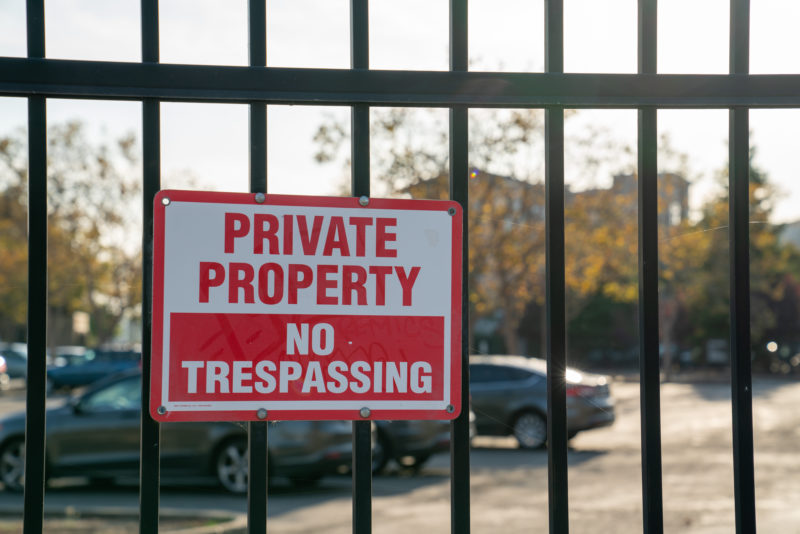
Natural Access Control
Though it is important to allow easy access to and away from a space, landscape elements can also be used to deny entry to subjects of unwanted behavior (2). However, this should be done without completely disconnecting the space itself. Designing for general visibility can create a perception of the risk of being caught. Avoid the creation of unintended hiding spaces that can be potentially used by offenders.
Maintenance
Regular maintenance of landscape areas helps prevent unwanted use of a space (1, 2). This includes repairing damage from vandalism as soon as possible. If a space is well maintained, it sends the message that there are consequences to those who misuse it. Any sense of neglect can make a space a target of crime.
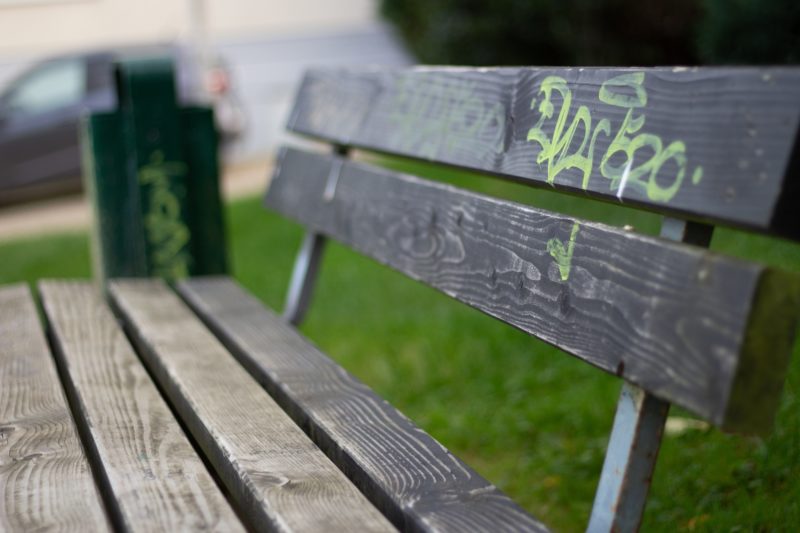
Other Considerations
Although not included within CPTED guidelines, it is also important to recognize that the design of a space can affect people in different ways (1). For instance, women are more likely to avoid public spaces than men are for safety reasons according to studies by planners and geographers in the 1980s. Good lighting and visibility, clear signage, and attracting a wide range of people, especially children, can contribute to a woman’s sense of safety (3). If public landscapes are designed keeping this, among other issues in mind, not only women, but everyone will be more comfortable using public spaces available to them.
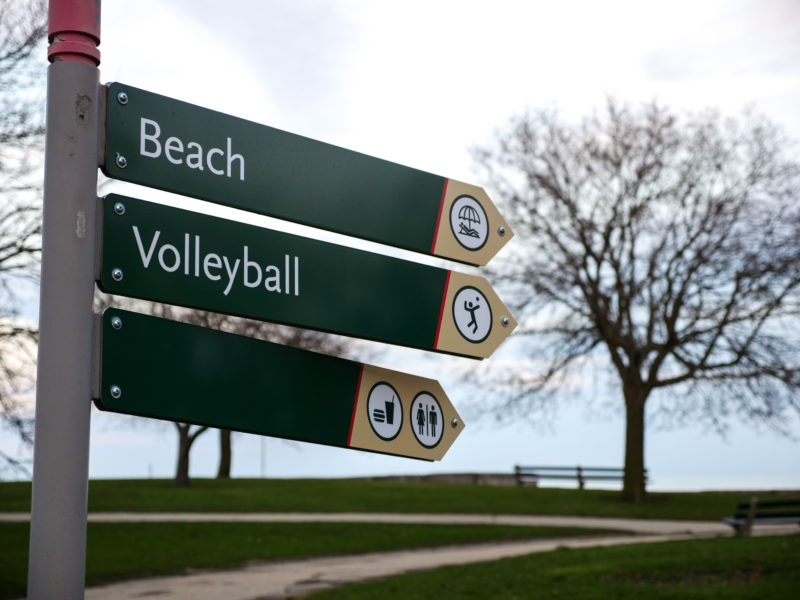
Designing for safety is important in order to create not only successful public spaces, but overall livable environments. Though designing specifically for safety may not be the only, or most important design feature for any given project, it should never be disregarded, as it is difficult to measure how much value can be obtained through reduction in crime and positive user interactions.
References
- https://land8.com/how-to-design-out-crime-with-landscape-architecture/
- https://www.asla.org/uploadedFiles/CMS/PPNs/Landing_Pages/ASLA_Urban_Design_PPN_CPTED_Presentation.pdf
- https://www.smartcitiesdive.com/ex/sustainablecitiescollective/designing-safe-cities-women/1052876/
About the Author

Angelica Latina is a Landscape Designer at O’Dell Engineering. She is currently pursuing her BS in Landscape Architecture from UC Davis. Angelica is passionate about designing spaces where all members of the community can safely and happily recreate.
Learn More
For previous Land Connections articles, click here.
For information on joining the O’Dell Engineering team, click here.
To see our landscape architecture project experience, click here.
Go Back